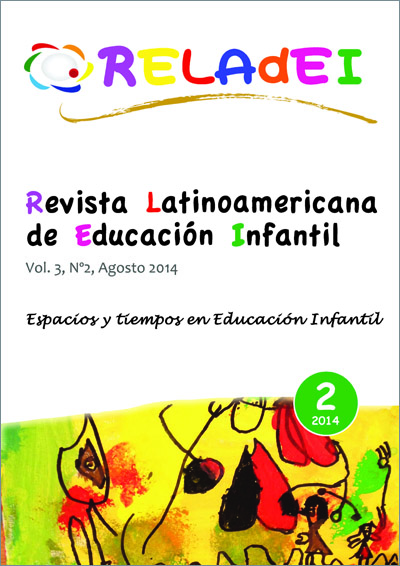Environments for childhood: schools between experience and project
Main Article Content
Abstract
But the reality is different: while most of the panorama of the architecture school does but fit models established for short-term requirements, only a peripheral minority of proposals pursuing other possible order of things, whose significance is vital however, even critical, for childhood.
Front of the inexhaustible richness of this approach, we find mostly school architectures that leave aside the main purpose of building spaces for children reducing their discourse to a strategic attitude focusing on optimization of habitual standards and problem-solving.
Thus, dominate the approaches which, in the best of cases, are a reflection of pedagogies of yesteryear who seem to want to renew its validity in search of a rigid unit between architectural form and its disciplined content.
However, although still limited, some proposals seem to form a new generation of architectures: assuming the complexity of the challenge and its inevitable modernity with naturalness, take the risk of thinking directly on the timeliness of the present.


